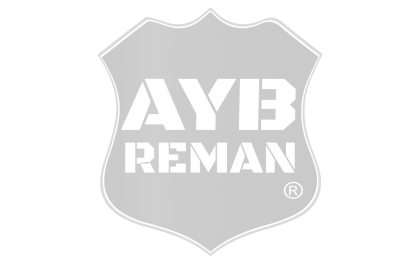Navigating Common Caterpillar Injector Issues: Effective Troubleshooting Strategies

In the intricate world of heavy machinery, Caterpillar injectors stand as critical components that demand meticulous attention. As with any precision-engineered part, these injectors are not immune to issues that can impact engine performance. This article will delve into the common problems associated with Caterpillar injectors and provide comprehensive troubleshooting strategies to ensure optimal engine functionality.
Introduction: Caterpillar injectors are vital elements in diesel engines, responsible for delivering fuel with precision to optimize combustion. However, like any mechanical part, they can encounter issues that affect engine performance. Understanding these common problems and knowing how to troubleshoot them is crucial for maintaining the efficiency and longevity of Caterpillar engines.
1. Clogging Issues: One prevalent problem with Caterpillar injectors is clogging. Over time, impurities in the fuel or residue from combustion can accumulate, obstructing the injector nozzles. This can lead to uneven fuel distribution, reduced engine power, and increased emissions.
Troubleshooting Strategy: Regularly inspect and clean injectors as part of routine maintenance. Use high-quality fuel filters to minimize impurities and invest in fuel additives that deter injector clogging.
2. Injector Leakage: Injector leakage can occur due to wear and tear or damage to injector seals. This issue can lead to fuel wastage, reduced fuel efficiency, and potential damage to other engine components.
Troubleshooting Strategy: Conduct a visual inspection for signs of fuel leakage around the injectors. Replace damaged seals promptly, and ensure proper torque during installation to prevent future leaks.
3. Injector Nozzle Wear: Continuous use can cause wear on injector nozzles, affecting the spray pattern and fuel atomization. This can result in poor combustion, reduced power output, and increased fuel consumption.
Troubleshooting Strategy: Monitor injector nozzle conditions through regular inspections. Replace worn nozzles promptly, and consider using fuel additives that promote cleaner combustion.
4. Faulty Electronic Components: Modern Caterpillar engines incorporate electronic controls for precise fuel injection. Issues with electronic components such as sensors, solenoids, or the engine control module (ECM) can lead to injector malfunctions.
Troubleshooting Strategy: Employ diagnostic tools to identify electronic component issues. Check for fault codes and consult the engine's service manual for proper troubleshooting procedures. Address electronic faults promptly to avoid cascading issues.
5. Incorrect Injector Calibration: Improper calibration can result in inaccurate fuel delivery, affecting engine performance and fuel efficiency. This issue may arise during injector replacement, engine overhaul, or due to changes in operating conditions.
Troubleshooting Strategy: Ensure that injectors are calibrated according to Caterpillar's specifications. After any maintenance or replacement, perform calibration checks to guarantee accurate fuel delivery.
6. Fuel Quality Issues: Poor-quality fuel or contamination can lead to injector problems. Water, sediment, or low-quality fuel can compromise injector performance and contribute to engine damage.
Troubleshooting Strategy: Source high-quality fuel from reputable suppliers. Install effective fuel filtration systems and water separators to minimize contaminants. Periodically drain water from fuel tanks to prevent accumulation.
7. Injector Seal Deterioration: Injector seals play a crucial role in preventing fuel leaks and maintaining proper fuel pressure. Over time, seals can deteriorate, leading to performance issues.
Troubleshooting Strategy: Regularly inspect injector seals for signs of wear or damage. Replace seals as part of routine maintenance, and use genuine Caterpillar seals for optimal performance.





